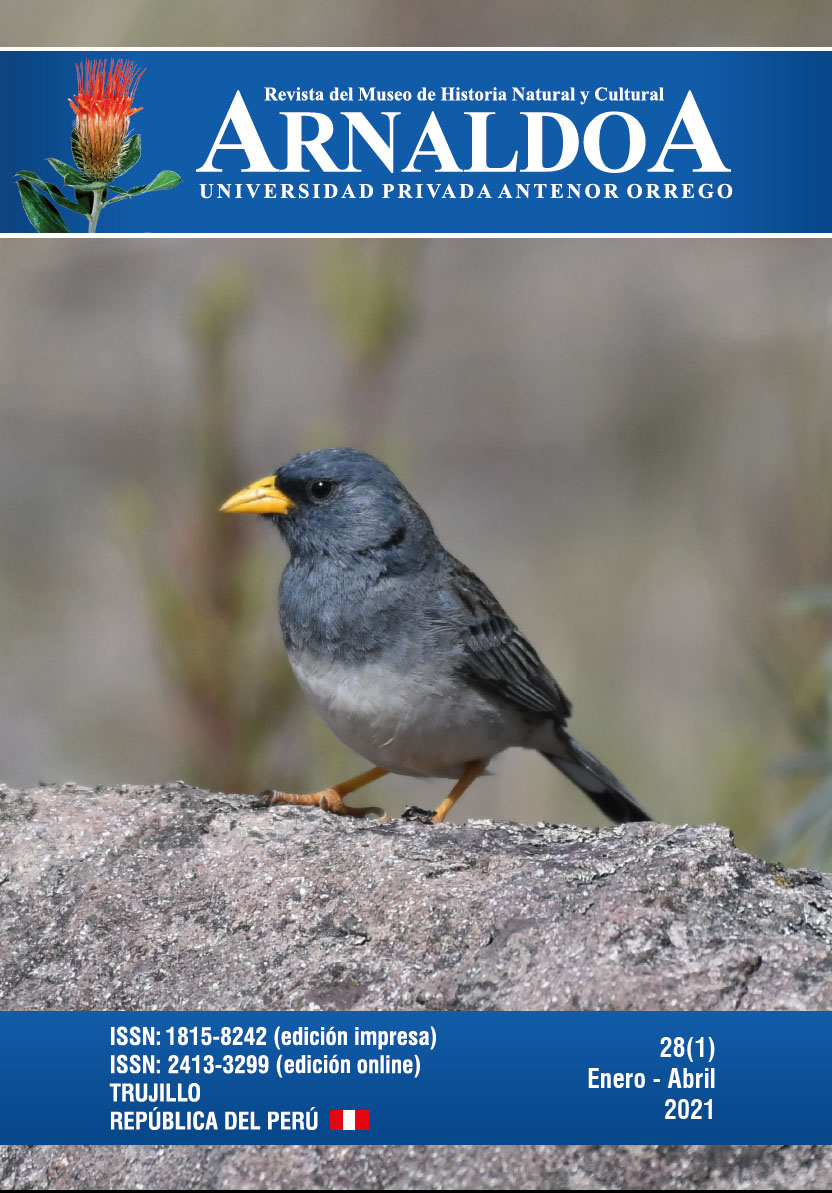Biocultural study with emphasis on pre-Hispanic occupation in the Andaraga hill, eastern limits of the Chao valley, Las Delicias village, Santiago de Chuco district and province, Peru
DOI:
https://doi.org/10.22497/1582Keywords:
biocultural, pre-hispanic occupation, local development, ethnoknowledge, AndaragaAbstract
We present the preliminary results of the biocultural recognition of the area of Cerro Andaraga located in the old territory of the farm and work of Uningambal in the divortium aquarum of the basins of the Virú and Chao rivers, within an ecological floor of Jalca. The archaeological information is related to other sites in the area such as Huasochugho, as well as its interrelations with the middle and lower part of the Chao valley, following a very ancient route, in the same way its ethno-knowledge and relationship with the various species of flora, fauna and its geographical environment, emphasizing the richness of the water element, the favorable habitat for camelids and the record of the new endemic species Jaltomata andagarae S. Leiva & Mione “sogorome†(Solanaceae) and the species Puya raimondii Harms (Bromeliaceae) “cahuaâ€, whose stands are threatened by anthropogenic action.Downloads
Download data is not yet available.
Downloads
Published
2021-07-02
Issue
Section
Artículos originales
License
By submitting a paper to the journal, it is understood that the authors agree to transfer the publication rights to the journal once it is accepted.
It is permitted to share and adapt the contents of this journal in any medium or format always if the original source is properly cited and there are not commercial purposes.







